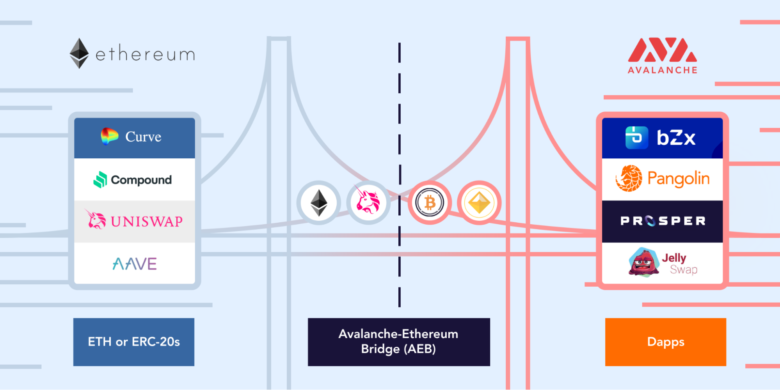Think on a crypto bridge ethereum to avalanche (official source) similar to a secure gateway. When you desire to shift your crypto assets, similar to Bitcoin or Ethereum tokens, away from one blockchain to another, the link takes your original possession and locks it in a vault on the sending blockchain. It then creates a new, comparable representation for that asset on the receiving blockchain. This new representation is often called a “sealed” token. Once the transaction is complete, the original locked asset is released.
 Virtual bridges are still a emerging tech, but they play one vital function in the evolving blockchain ecosystem. While the ledger landscape continues to expand and eth to avalanche bridge branch out, links will turn into even further crucial for enabling uninterrupted interaction and creativity. Developers are perpetually endeavoring on bettering bridge safety, efficiency, and user-friendly experience. With continued evolution, digital links possess the possibility to turn into the essential pathways for navigating the enormous and interconnected world of chains.
Virtual bridges are still a emerging tech, but they play one vital function in the evolving blockchain ecosystem. While the ledger landscape continues to expand and eth to avalanche bridge branch out, links will turn into even further crucial for enabling uninterrupted interaction and creativity. Developers are perpetually endeavoring on bettering bridge safety, efficiency, and user-friendly experience. With continued evolution, digital links possess the possibility to turn into the essential pathways for navigating the enormous and interconnected world of chains.
Trusted (Centralized) Bridges: These bridges depend on the central authority to control the locked assets. This might be faster and more economical, but it brings about a single vulnerability, suggesting if this central authority is compromised, your assets might be in danger.
Trustless (Decentralized) Bridges: These bridges employ smart contracts, self-executing code included in the blockchain, to oversee the locking and releasing in assets. This eliminates the need for the central authority, yet it can be more complex and pricey.
Crypto bridges open up an assortment of possibilities for crypto users. Here are several key benefits:
Increased Functionality: Bridges facilitate you to access an expanded spectrum of DeFi (Decentralized Finance) applications and services constructed on diverse blockchains. For instance, you might utilize the bridge to transmit your Bitcoin to a DeFi platform on the Ethereum blockchain to accrue interest.
Enhanced Liquidity: By linking blockchains, bridges create an expanded pool for liquidity for crypto assets. This may lead to narrower spreads (the discrepancy between a buying and selling price) and additional efficient trading.
Innovation: Bridges foster innovation by enabling developers to create applications that take advantage of some strengths within different blockchains.
Security Hazards: Bridges, especially concentrated ones, may be exposed to hacking assaults. Always investigate the bridge’s safety protocols before utilizing it.
Fees: Connecting transactions commonly involve costs, which can fluctuate according to the link and the chains involved.
Complexity: Understanding how connections work and choosing the right one may be intricate for newcomers. It’s essential to do your research before making any shifts
Choose a Bridge: eth to avalanche bridge Research and select the reputable bridge that supports the blockchains you want to transfer assets between.
Connect Your Wallet: Connect your crypto wallet to your bridge interface.
Select Assets: Specify the amount and type of the crypto asset you want to transfer.
Choose Destination Chain: Indicate your blockchain you want to send your assets to.
Initiate Transfer: Follow all bridge’s instructions to initiate this transfer and pay any associated fees.